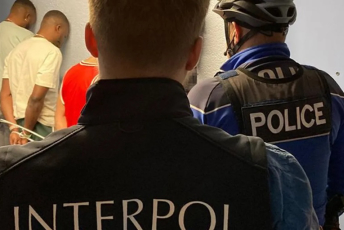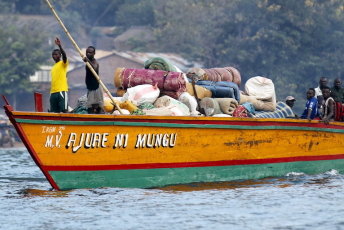On 11 February 2018, the Moroccan Central Bureau of Judicial Investigations announced it had seized 541 kilograms of cocaine in a container transported by a cargo ship coming from Brazil, and headed to the port of Casablanca.
This comes five months after a record 2.4 metric tons of cocaine was intercepted near Rabat, the Moroccan capital. This was described as ‘the largest stash ever found in the North African country's history’.
Another 2.5 metric tons had been intercepted on December 2017, some 100 nautical miles off the coastal town of Dakhla, by the first joint Spanish–Moroccan operation against maritime cocaine trafficking. The shipment was reportedly found aboard a fishing boat that had been spotted navigating north up the Mauritanian coastline before reaching Morocco.
According to the UNODC World Drug Report of 2017, Morocco is ranked third in terms of cannabis resin seizures after Spain and Pakistan. Recently, however, the country has seen a drastic increase of the number of cocaine seizures coming from South America. Statistics published in the 2017 report of the Directorate General on Territory Surveillance (DGST) confirm this, noting a significant peak in 2017 (which saw a 48% increase from 2016).
It is clear that there has been a significant change in the routes that drug traffickers use to channel their goods towards consumer markets, but are there links between the groups that produce and smuggle cocaine through Morocco, and those associated with cannabis production and exportation?
According to the latest Annual Report of the Moroccan National Observatory on Drugs and Addictions, ‘drug organizations in Latin America have begun to exploit the established Moroccan cannabis routes for the trafficking of cocaine […] to Europe’.
This suggests that Morocco is being incorporated along the transatlantic cocaine route that traditionally goes from the Andes region through West Africa to reach Europe. In 2011, a UNODC report on cocaine also suggested that traditional cannabis resin trafficking routes from Morocco to Spain were being used to traffic cocaine.
The 2016 EU Drug Market Report echoed this, stating that ‘a group trafficking cannabis resin from Morocco to the Iberian Peninsula can easily use the same people, routes and means of transport to also traffic cocaine transiting through West Africa.’
A rare and expensive drug, cocaine was traditionally consumed by only a small group of Moroccans and not seen by authorities to pose a significant threat. However, increased cocaine trafficking seems to have boosted local consumption. Ten years ago, a gram of cocaine cost 1 000 Dirham while today, it may be bought for 400 Dirham. Between 1980 and 2008, only the nine cases of cocaine overdose were identified. Today, of the 600 000 drugs users in Morroco, around 18 000 are believed to be using cocaine and 12% of school youth have tried the drug. A swift response is needed to curb this threat before it becomes even more deeply entrenched.
Jihane Ben Yahia, ENACT Regional organised crime observatory coordinator – North Africa, ISS







